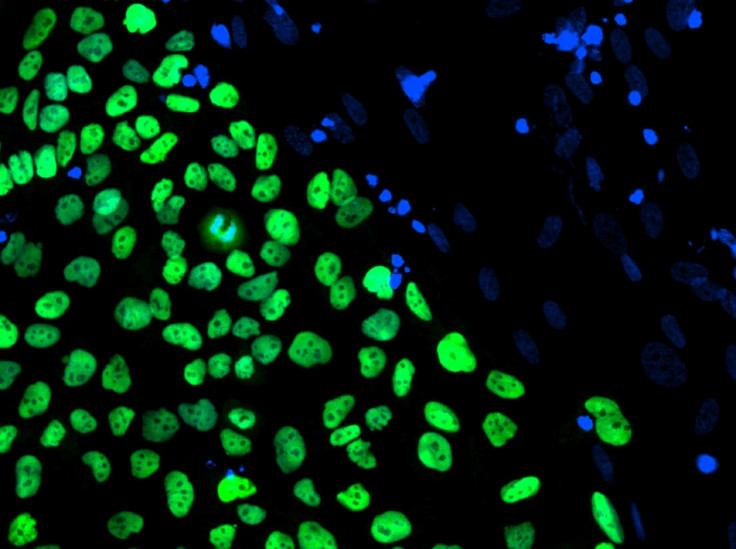Scientists use human stem cells to create serotonin, an important brain chemical

For the first time, a specialised serotonin-producing nerve cell has been developed with the help of human stem cells. Su-Chun Zhang and a research team at the University of Wisconsin-Madison has made this possible.
Serotonin is an important signalling chemical in the brain. It is known to affect anxiety, sleep, depression, breathing, pulse and appetite in humans. In addition, serotonin plays an important role in the development of serious psychiatric disorders, including schizophrenia and bipolar disorder.
The specialised nerve cells have been created by a team led by Su-Chun Zhang, a pioneer in using stem cells to develop neurons. During the study, the researchers used two types of stem cells – the ones derived from adult cells and the other from embryos.
According to Zhang, because serotonin neurons are formed before birth, the team had to re-create an environment that resembles the one surrounding developing brain in the uterus. It might sound simple, but the team had to dictate the stem cells to develop into one specific type, using a custom-designed sequence of molecules at exact concentrations.
“That's especially difficult if you consider that the conditions needed to make serotonin neurons are scarce, existing in one small location in the brain during development," Zhang noted in a press release. The resulting cells were found to show the expected response upon electrical stimulation. In addition, they also produce serotonin.
To confirm that the resulting cells act like serotonin neurons, the researchers used the FDA-approved drugs that regulate depression and anxiety through the serotonin pathway. The neurons responded to them, as expected.
The research team is hopeful that their findings will help devise strategies for the treatment of different psychiatric disorders. Identification of individual differences could help design personalised treatment.
The complete details of the study have been publishded in the journal Nature Biotechnology.
Contact the writer at feedback@ibtimes.com.au, or let us know what you think below.





















